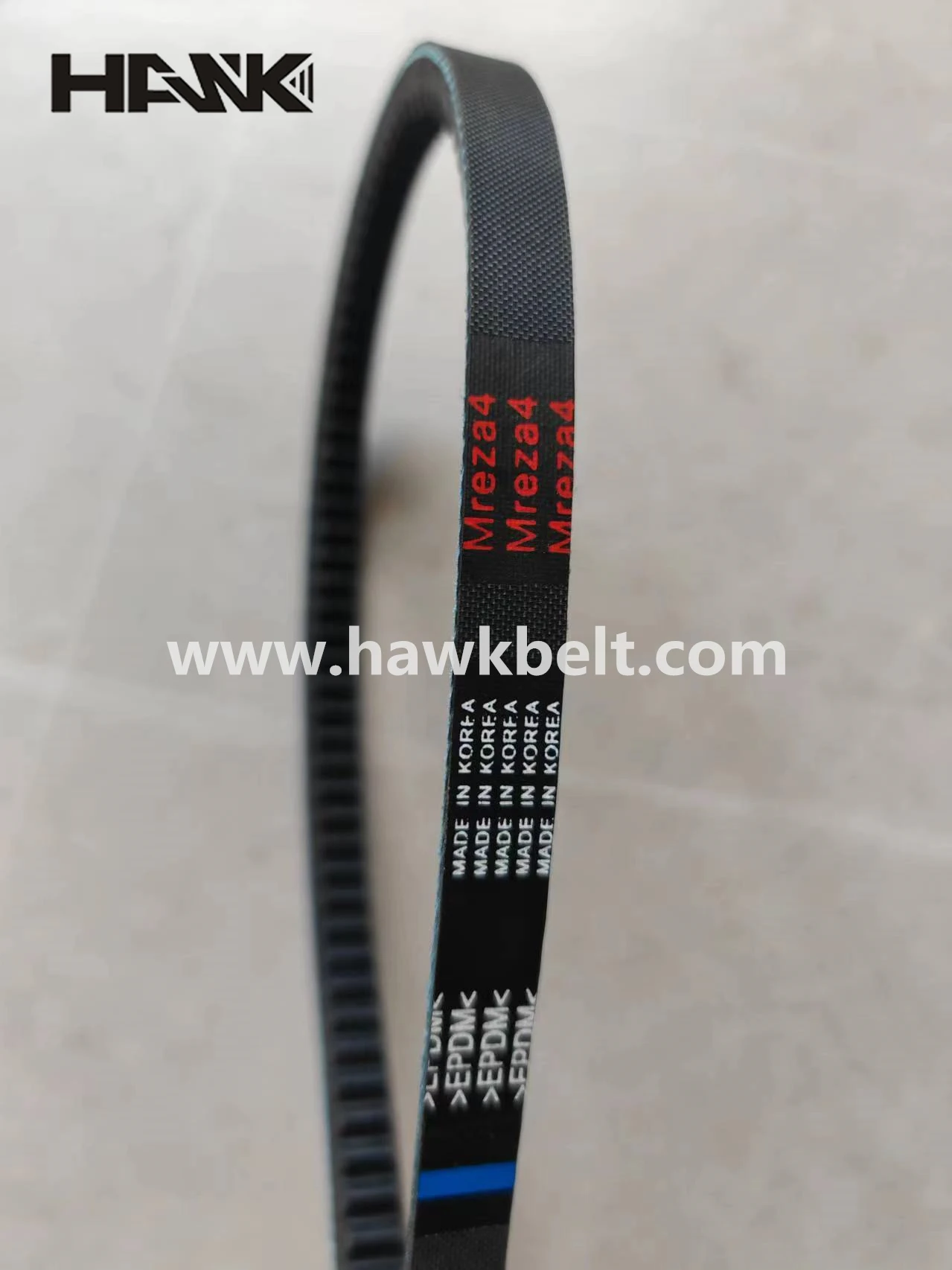- Arabic
- French
- Russian
- Spanish
- Portuguese
- Turkish
- Armenian
- English
- Albanian
- Amharic
- Azerbaijani
- Basque
- Belarusian
- Bengali
- Bosnian
- Bulgarian
- Catalan
- Cebuano
- Corsican
- Croatian
- Czech
- Danish
- Dutch
- Afrikaans
- Esperanto
- Estonian
- Finnish
- Frisian
- Galician
- Georgian
- German
- Greek
- Gujarati
- Haitian Creole
- hausa
- hawaiian
- Hebrew
- Hindi
- Miao
- Hungarian
- Icelandic
- igbo
- Indonesian
- irish
- Italian
- Japanese
- Javanese
- Kannada
- kazakh
- Khmer
- Rwandese
- Korean
- Kurdish
- Kyrgyz
- Lao
- Latin
- Latvian
- Lithuanian
- Luxembourgish
- Macedonian
- Malgashi
- Malay
- Malayalam
- Maltese
- Maori
- Marathi
- Mongolian
- Myanmar
- Nepali
- Norwegian
- Norwegian
- Occitan
- Pashto
- Persian
- Polish
- Punjabi
- Romanian
- Samoan
- Scottish Gaelic
- Serbian
- Sesotho
- Shona
- Sindhi
- Sinhala
- Slovak
- Slovenian
- Somali
- Sundanese
- Swahili
- Swedish
- Tagalog
- Tajik
- Tamil
- Tatar
- Telugu
- Thai
- Turkmen
- Ukrainian
- Urdu
- Uighur
- Uzbek
- Vietnamese
- Welsh
- Bantu
- Yiddish
- Yoruba
- Zulu
dec . 26, 2024 13:01 Back to list
Understanding the Benefits and Applications of V-Ribbed Belts in Modern Machinery
The Importance of V-Ribbed Belts in Modern Automotive Applications
In the realm of automotive design and engineering, the significance of efficient power transmission cannot be overstated. One of the key components that facilitates this is the V-ribbed belt, also known as the serpentine belt. This crucial element plays a vital role in transferring power from the engine’s crankshaft to various accessories, such as the alternator, power steering pump, air conditioning compressor, and water pump. Understanding the intricate workings and applications of V-ribbed belts can provide insights into their importance in modern vehicles.
Design and Construction
The V-ribbed belt is characterized by its unique design, which includes a series of longitudinal ribs running along its length. These ribs provide an increased surface area for better grip on the pulleys, ensuring efficient power transfer while reducing slippage. The belt is typically made from durable materials, such as rubber, which is compounded with various additives to enhance its performance against wear, heat, and resistance to environmental factors. The inner layer usually contains polyester or other synthetic fiber reinforcements to provide added strength and flexibility.
Advantages of V-Ribbed Belts
1. Enhanced Efficiency One of the primary advantages of V-ribbed belts is their efficiency in power transmission. Due to the multiple contact points created by the ribbed design, these belts can transmit higher levels of torque with minimal energy loss compared to traditional belts. This leads to improved fuel efficiency, which is a crucial factor in today’s automotive industry.
2. Space-Saving Design V-ribbed belts can drive multiple accessories simultaneously with a single belt loop, eliminating the need for numerous individual belts as seen in older vehicles. This not only simplifies the engine bay layout, making it more compact, but also reduces overall weight, contributing to improved vehicle performance.
3. Reduced Noise and Vibration The design of V-ribbed belts allows for a quieter operation compared to traditional V-belts. The ribbed structure helps absorb vibrations, leading to a smoother and more comfortable driving experience. This acoustic advantage is particularly valued in luxury vehicles, where a serene cabin atmosphere is paramount.
v-ribbed belts

4. Longevity and Durability Modern V-ribbed belts are engineered to withstand the rigors of engine operation. With advancements in manufacturing technology, these belts show improved resistance to cracking, glazing, and wear, resulting in extended service life. Regular maintenance, such as inspections, can help identify wear before it leads to failure, further enhancing reliability.
Applications and Uses
V-ribbed belts are ubiquitous in modern automotive systems. They are used in various applications, predominantly within passenger cars, trucks, and commercial vehicles. Beyond the standard accessory drives, these belts find usage in numerous hybrid and electric vehicle platforms, where silent operation and efficiency are critical.
In addition to vehicles, V-ribbed belts are also used in industrial machinery, where they serve similar functions in power transmission for generators, pumps, and conveyor systems. Their versatility makes them a preferred choice across multiple sectors.
Maintenance and Replacement
Despite their durability, V-ribbed belts do require periodic inspections and maintenance. Signs of wear can include fraying, cracking, or signs of glazing, which indicate that the belt is losing its grip on the pulleys. Many manufacturers recommend inspecting the belt at regular intervals and replacing it every 60,000 to 100,000 miles, although this can vary based on driving conditions and manufacturer guidelines. Early detection of wear can prevent unexpected failures, thus avoiding costly repairs and ensuring that vehicles operate efficiently.
Conclusion
V-ribbed belts play an indispensable role in the operation of today’s vehicles and machinery, providing efficient energy transfer, reduced noise, and greater durability. As automotive technology continues to evolve, the importance of reliable components such as V-ribbed belts cannot be overstated. Their continued development reflects the industry's commitment to enhancing performance, efficiency, and reliability, ensuring that they remain at the forefront of automotive engineering for years to come. Whether in gasoline engines, hybrid systems, or electric vehicles, the V-ribbed belt is a vital component that contributes significantly to modern transportation solutions.
-
Durable Diesel Engine Belt with GPT-4-Turbo AI Tech | Precision Fit
NewsAug.04,2025
-
High-Quality Tensioner Belt Pulley - Durable & Efficient
NewsAug.03,2025
-
Premium Timing Belt Factory | AI-Optimized Solutions
NewsAug.02,2025
-
Premium Custom V Belts Enhanced with GPT-4 Turbo AI
NewsAug.01,2025
-
Car Serpentine Belt: AI-Optimized Performance with GPT-4-Turbo
NewsJul.31,2025
-
Heat Joining Drive Belt | High-Durability Fusion Solution
NewsJul.31,2025

